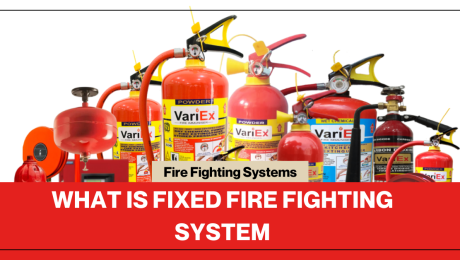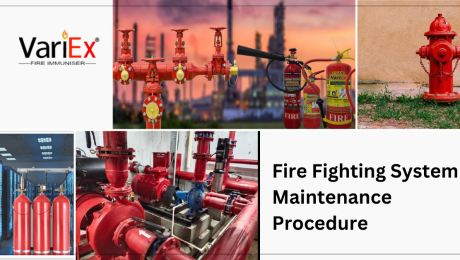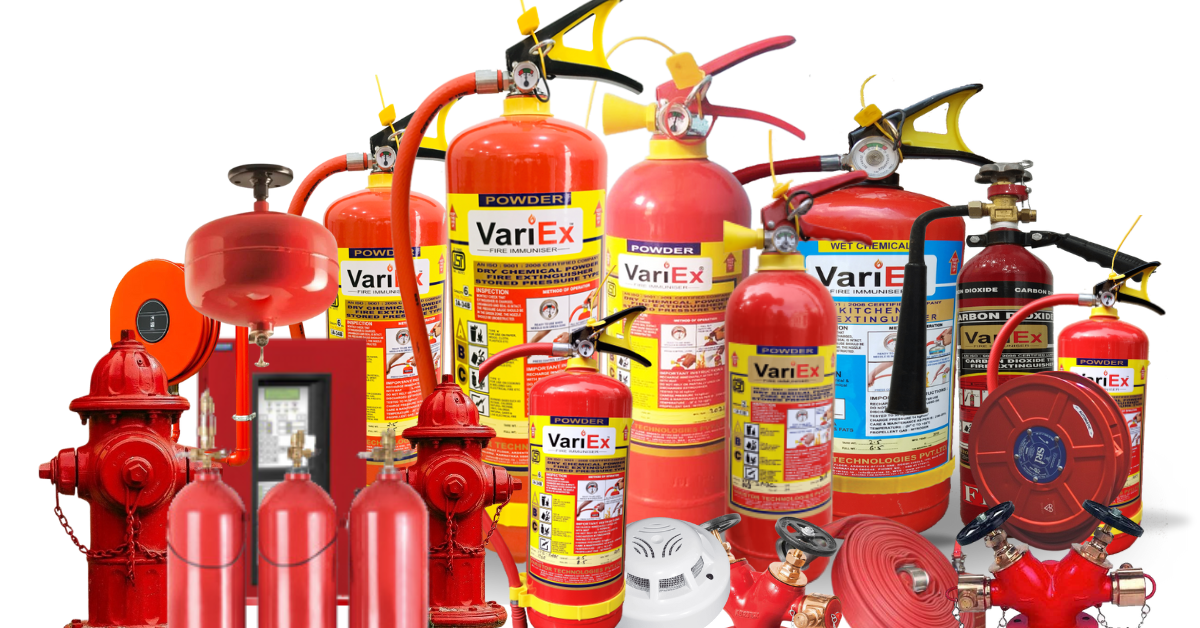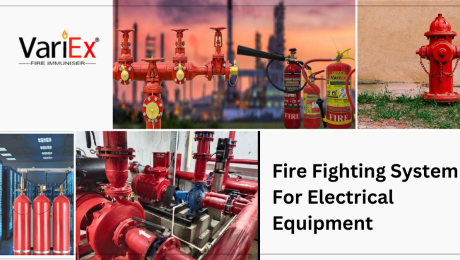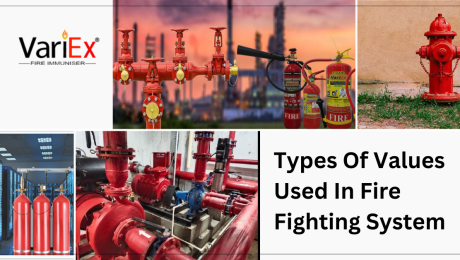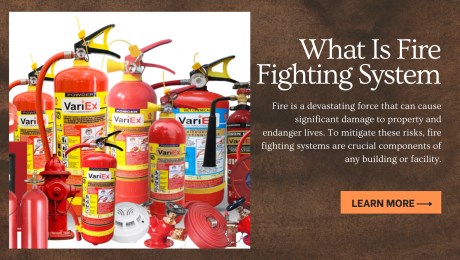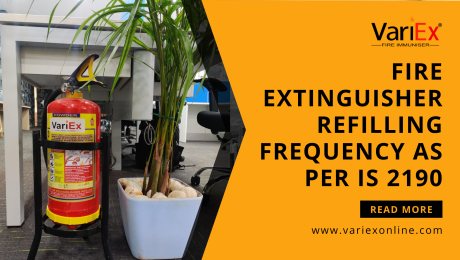What Is Fixed Fire Fighting System
- Published in ABC Fire Extinguisher, CO2 Fire Extinguisher, Fire Alarm, Fire Extinguisher, Fire Fighting System, FIre Hydrant, Fire Safety Equipment, Fire Sprinkler System, Fire Suppression
What Are The 4 Types Of Fire Protection Systems?
What Are The Main Components Of Fire Fighting System?
Fire Fighting System Maintenance Procedure
Regular maintenance of fire fighting systems is essential to ensure their continued functionality and reliability in the event of a fire emergency. This guide outlines the key procedures involved in maintaining fire suppression systems to mitigate risks and protect lives and property.
1. Scheduled Inspections:
- Conduct scheduled inspections of all components of the fire fighting system, including control panels, piping, nozzles, detectors, fire alarms system, and fire extinguishers.
- Inspections should be performed by qualified technicians according to manufacturer guidelines and regulatory requirements.
2. Functional Testing:
- Perform functional tests of the entire fire fighting system to verify proper operation and response.
- Test alarms, detectors, and suppression equipment to ensure they activate as intended.
- Simulate fire scenarios to assess the system’s effectiveness in detecting and suppressing fires.
3. Inspection of Components:
- Inspect piping, valves, and nozzles for signs of corrosion, leaks, or damage.
- Check detectors and alarms for proper positioning, cleanliness, and functionality.
- Verify that control panels and electrical connections are secure and free from defects.
Fire Fighting System For Electrical Equipment
In today’s technologically driven world, the reliance on electrical equipment is ubiquitous, spanning industries from manufacturing plants to data centers and commercial buildings. However, alongside the convenience and efficiency these systems provide, there exists a persistent risk of electrical fires. These fires, often swift and devastating, pose significant threats to personnel safety, property integrity, and business continuity. To address this critical issue, the implementation of comprehensive fire fighting systems specifically tailored for electrical hazards is paramount.
Types Of Valves Used In Fire Fighting System
In the realm of fire safety, the effectiveness of fire fighting systems relies heavily on the proper functioning of various valves. These valves play a critical role in controlling the flow of water, directing it to the areas where it’s needed most during fire suppression efforts. This article delves into the different types of valves used in fire fighting systems, highlighting their functions and importance in ensuring swift and effective response to fires.
What Is Fire Fighting System
A fire fighting system is an essential safety measure implemented in buildings to mitigate the risks associated with fire incidents. It comprises a combination of equipment, devices, and procedures designed to detect, control, and extinguish fires effectively. The primary components of a fire fighting system include fire detection and alarm systems, fire extinguishers, fire hydrants, and automatic sprinkler systems. Fire detection and alarm systems are crucial in early fire detection and alerting occupants, enabling them to evacuate the building promptly while the fire is extinguished. Fire extinguishers provide a means to extinguish small fires before they escalate, whereas fire hydrants connect to the municipal water supply and ensure a continuous flow of water for firefighting operations. Automatic sprinkler systems play a critical role in suppressing fires, as they activate automatically when the ambient temperature rises above a predetermined level. Overall, a well-designed fire fighting system is crucial for safeguarding life and property in the event of a fire emergency.
Fire Extinguisher Refilling Frequency As Per Is 2190
According to the guidelines set by the Bureau of Indian Standards (BIS), specifically IS 2190, the recommended frequency for refilling fire extinguishers is once every year. This standard is crucial to ensure the optimal functioning and reliability of these life-saving devices. Regular refilling prevents the possibility of corrosion or leakage, which can compromise their effectiveness during emergencies. It also allows for a thorough inspection of the extinguisher’s components, including the gauge, hose, and nozzle, to identify any damages or wear and tear. Additionally, it is essential to refill fire extinguishers after any discharge, even if it was only a partial discharge, to guarantee their uninterrupted performance. Adhering to the prescribed refilling frequency ensures the readiness of fire extinguishers and enhances fire safety measures in various settings, be it residential or commercial.
Different Between ABC and CO2 Fire Extinguisher Refilling
When it comes to fire safety, it is crucial to understand the difference between ABC and CO2 fire extinguisher refilling. ABC fire extinguishers are designed to tackle various types of fire, including those involving wood, paper, textiles, flammable liquids, and electrical equipment. The refilling process for ABC fire extinguishers usually involves removing the old extinguishing agent and replacing it with a new one. On the other hand, CO2 fire extinguishers are primarily used for electrical and flammable liquid fires. When refilling a CO2 fire extinguisher, the old agent is not replaced; instead, the cylinder is simply recharged with carbon dioxide gas. It is important to consult a professional fire safety expert to ensure that the appropriate refilling techniques are used to maintain the efficiency and effectiveness of fire extinguishers.
- 1
- 2


